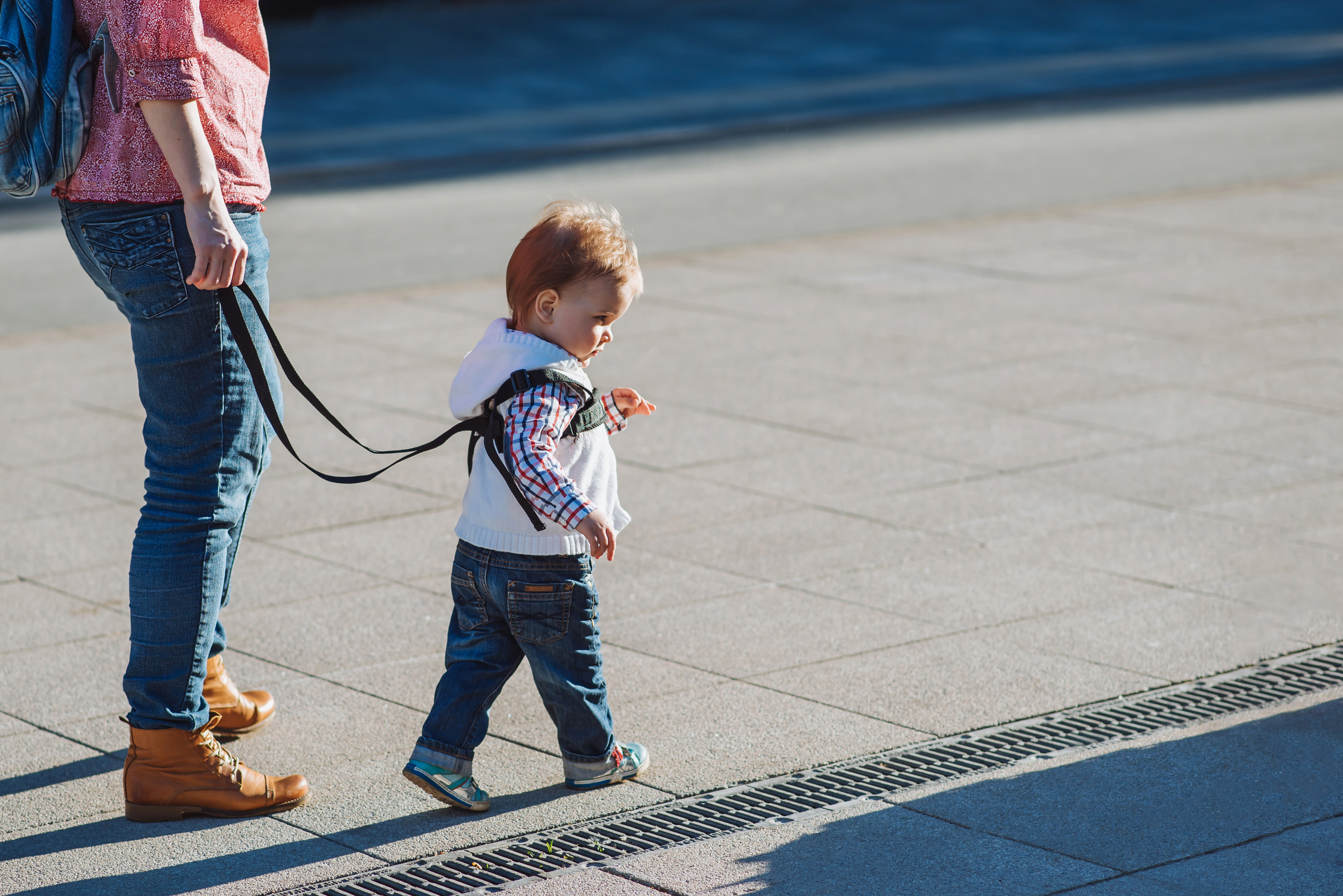Navigating crowded spaces with an energetic toddler can be one of the most challenging aspects of parenting. Many parents face moments of panic when their little ones dash off unexpectedly. To help manage these situations, some caregivers turn to ‘leash’ backpacks—child harnesses that tether a toddler to an adult. While the promise of enhanced safety is appealing, the concept has sparked intense debate. In this article, we explore whether these devices are a genuine safety necessity or simply overkill.
Understanding Leash Backpacks
Leash backpacks are designed to keep toddlers close by providing a secure harness attached to a tether. They come in various styles, from discreet straps to more visible harnesses, and are used in busy environments like airports and shopping centers.
Many parents appreciate the peace of mind these devices offer, especially in crowded or unfamiliar places. However, the design and use of these products vary widely, leading to a spectrum of opinions about their necessity. Experts argue that while they can prevent runaway incidents, they may also limit a child’s natural independence.
Safety Benefits
One of the primary benefits cited by supporters is enhanced safety. Leash backpacks can reduce the risk of a child running into traffic or getting lost in large public areas. They provide a physical link that allows a child to explore while still staying within a safe range. Parents feel that the extra security is invaluable in stressful situations. However, it’s important to balance safety with fostering independence, a key developmental milestone for toddlers.
Potential Downsides
Critics argue that using leash backpacks can be demeaning, comparing it to treating a child like a pet rather than as an independent individual. This practice may also hinder the development of self-regulation and decision-making skills. There are concerns that over-reliance on such devices could stunt a child’s confidence in navigating the world. Additionally, social stigma and judgment from onlookers can add stress for both parent and child. Such negative effects raise questions about whether the safety benefits outweigh the potential harm.
Parental Perspectives and Alternatives
Many parents find themselves torn between the need for safety and the desire to encourage independence. Some choose leash backpacks for short periods in high-risk environments, while others prefer traditional hand-holding or close supervision. Alternatives such as child-friendly walking groups or enhanced education on safety measures are also gaining popularity. Every family’s needs are different, making it important to consider what works best for your child. The decision should ultimately be tailored to the child’s temperament and the specific context.
Striking a Balance
Choosing whether to use a leash backpack is a deeply personal decision that hinges on balancing safety with independence. Parents must weigh the potential benefits against possible developmental drawbacks. It is crucial to monitor how such tools affect your child’s behavior and adjust your approach as needed. Open discussions with other caregivers and professionals can offer valuable insights into best practices. Ultimately, ensuring your toddler’s safety while fostering their growth is the key to making the right choice.
How do you balance keeping your toddler safe with encouraging their independence in public spaces? Share your thoughts and experiences in the comments below.
Read More:
7 Secrets to Stopping Toddler Tantrums—And It’s Not What You Think
Is Your Toddler’s Biting Habit Normal or a Red Flag?
Tamila McDonald is a U.S. Army veteran with 20 years of service, including five years as a military financial advisor. After retiring from the Army, she spent eight years as an AFCPE-certified personal financial advisor for wounded warriors and their families. Now she writes about personal finance and benefits programs for numerous financial websites.


Leave a Reply